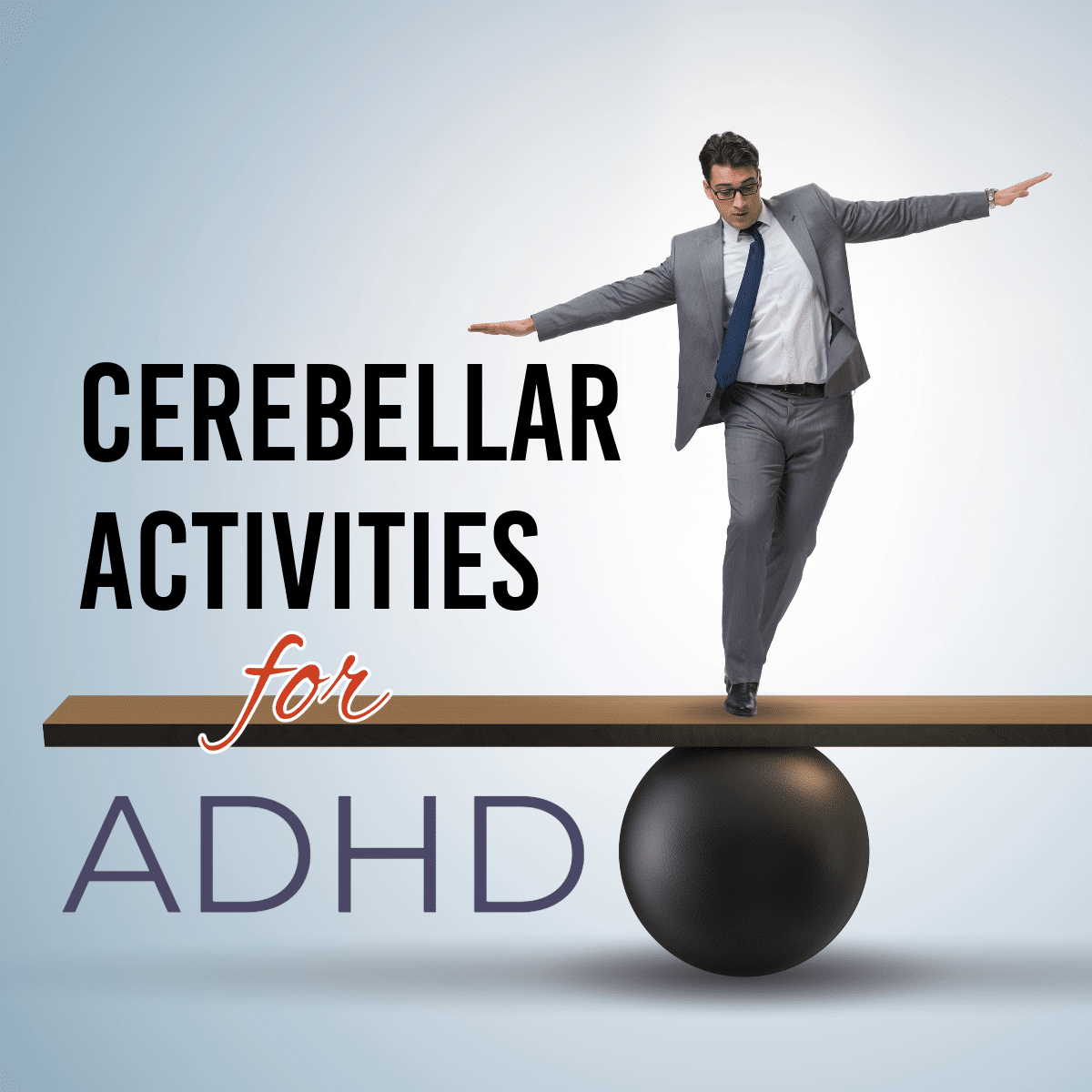Mindfulness can help improve one’s response to cravings and triggers. During a craving for sweets or substances, the natural tendency would be to indulge in those behaviors because they’ll make us feel better temporarily. In that split second that you make that decision, under a period of stress, the rational decision making part of your brain, the prefrontal cortex, is “offline.” To develop a more mindful approach to cues and triggers is to acknowledge the entire experience associated with that behavior. For example, when giving into a cigarette, notice all of the elements of the smells and tastes and emotions you experience with the cigarette. Nonjudgementally broaden the experience to recruit the prefrontal cortex to modulate what is happening in the lower more primitive parts of the brain.
The narrative portion of our consciousness, the part that speaks to us while we are in the process of making a decision, is referred to as the “default mode network.” When you are sitting in a stimulation-free environment and thinking to yourself, the default mode network is most active. These thoughts may pertain to past events or imagining the future. The two most active areas in the default mode network are the posterior cingulate cortex (PCC) and the medial prefrontal cortex. The PCC is self-referential (how I am as a person), and the medial prefrontal cortex is associated with social cognitions (what is my friend thinking?). The amygdala is also involved, which cues an emotional salience to thoughts, as well as the hippocampus, which helps us retrieve memories.
One interesting fact about the DMN is that the more overactive it is, less happy people are. This was shown in a study by Luo in 2015 who found that the rumination associated with unhappiness were actually correlated with an overactive DMN.
The default mode network’s corollary network for focus and concentration is called the Task Positive Network (TPN). When the DMN is low, and focus on a task is high, the TPN is most active. The TPN is comprised of the dorsal anterior cingulate cortex ACC (impulse control and attending to task), DLPFC (reasoning of decision making), insula (interoception and somatic sensations), and inferior parietal cortex (thoughts of body image and empathy). The TPN will turn on regardless of whether the focus of the task is internal (thinking about breathing) or external (sawing wood). Meditation involves oscillating between the DMN and the TPN. With mindfulness, although our awareness of bodily sensations increases we can associate a neutral emotion with it and feel less suffering with these feelings. With cravings, our PCC activity increases but with mindfulness, our PCC activity decreases when we attend to something else.
During mindfulness, there is greater activation of the TPN (prefrontal cortex, ACC, and insula) and decreased activation of the PCC (self-reference) and amygdala. The following adapted from William Marchand’s 2014 article entitled “Neural mechanisms of mindfulness and meditation: Evidence from neuroimaging studies” in World J Radiology shows that mindfulness actually has biologic effects:
- Creswell et al showed: Dispositional mindfulness was associated with widespread prefrontal cortical activation, and decreased bilateral amygdala activity during affect labeling. Negative associations were found between prefrontal cortex and right amygdala responses in participants high in mindfulness.
- Gard et al Mindfulness practitioners experienced reduced unpleasantness of pain, which was associated with decreased activation in the lateral PFC and increased activation in the right insula. Anticipation of pain was associated with increased anterior cingulate cortex activation.
- Goldin et al MBSR led to increased activation in the PCC during negative self-view condition. DMPFC activation increases during negative self-view were associated with decreased disability and enhanced mindfulness.
- Goldin et a. MBSR associated with decreased anxiety and depression symptoms and improved self-esteem. Breath-focused attention task associated with decreased negative emotion and reduced amygdala activation.
- Ives Activation increased in the medial PFC and posterior parietal lobe, in response to a mindfulness task. There was a correlation between activation changes in medial PFC and increased mindfulness.
- Ives Decreased activation in anterior insula, ACC, medial prefrontal cortex and bilateral precuneus during mindfulness meditation.
- Taylor et al Mindfulness attenuated emotional intensity. For experienced meditators, mindfulness induced a deactivation of DMN areas. For beginners, mindfulness induced a down-regulation of the left amygdala.
- Zeidan et al Meditation decreased pain-associated activation of the contralateral somatosensory cortex. Reductions in pain were associated with increased activity in the ACC and insula. Decreased pain unpleasantness was associated with orbitofrontal activation and thalamic deactivation.
The strongest evidence is in support of mindfulness affecting the medial frontal areas (ACC) and posterior medial (PCC) in the cortical midline structures.
In individuals with social anxiety or depression, often self-referential thinking and negative automatic thoughts are correlated with overactive central midline structures (CMS). But mindfulness based stress reduction attenuates maladaptive habitual self-views by cueing in the DMPFC with logic and reasoning when the PCC (self-reference) is activated.


 Bruce Bassi
Bruce Bassi





